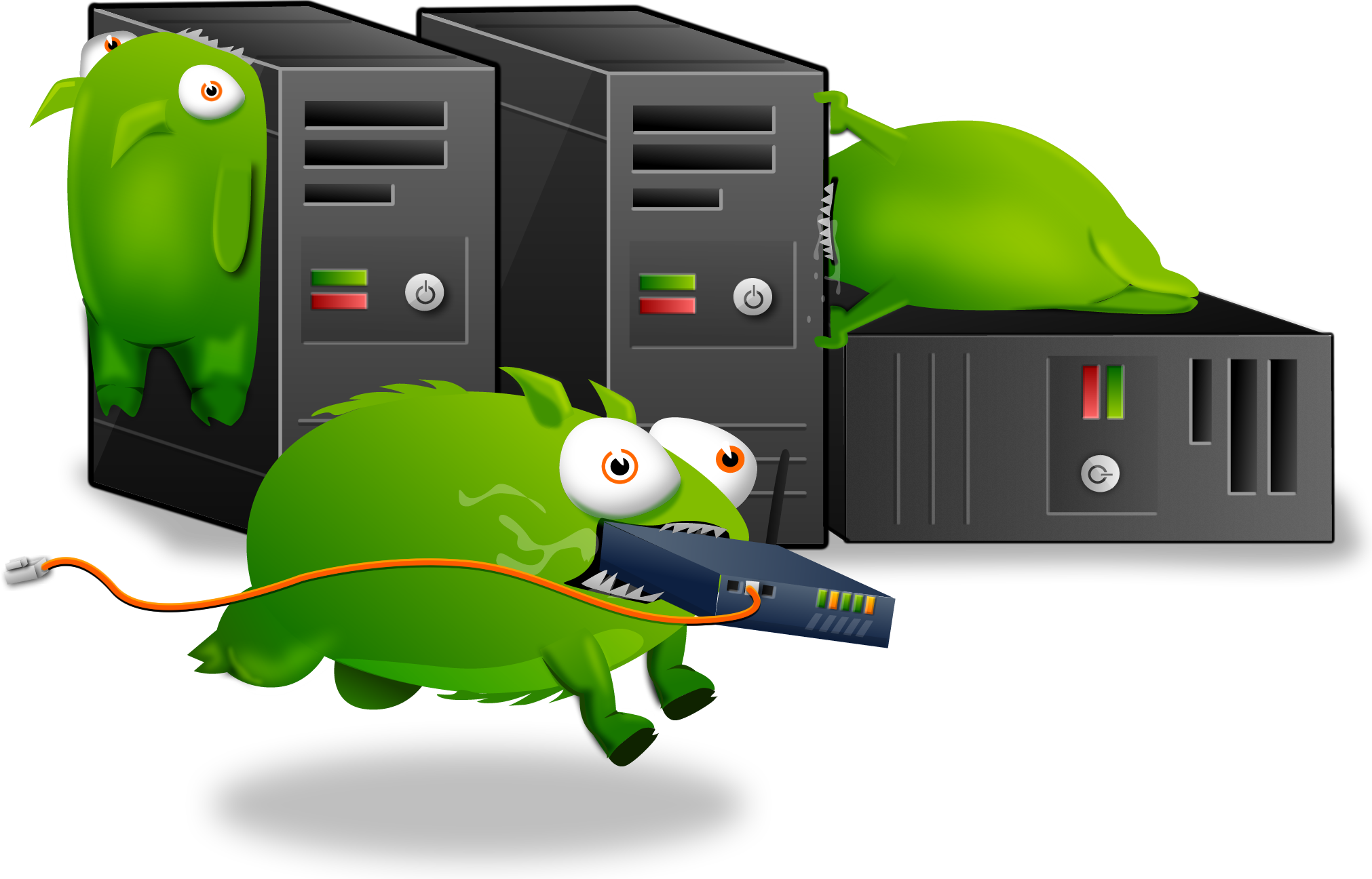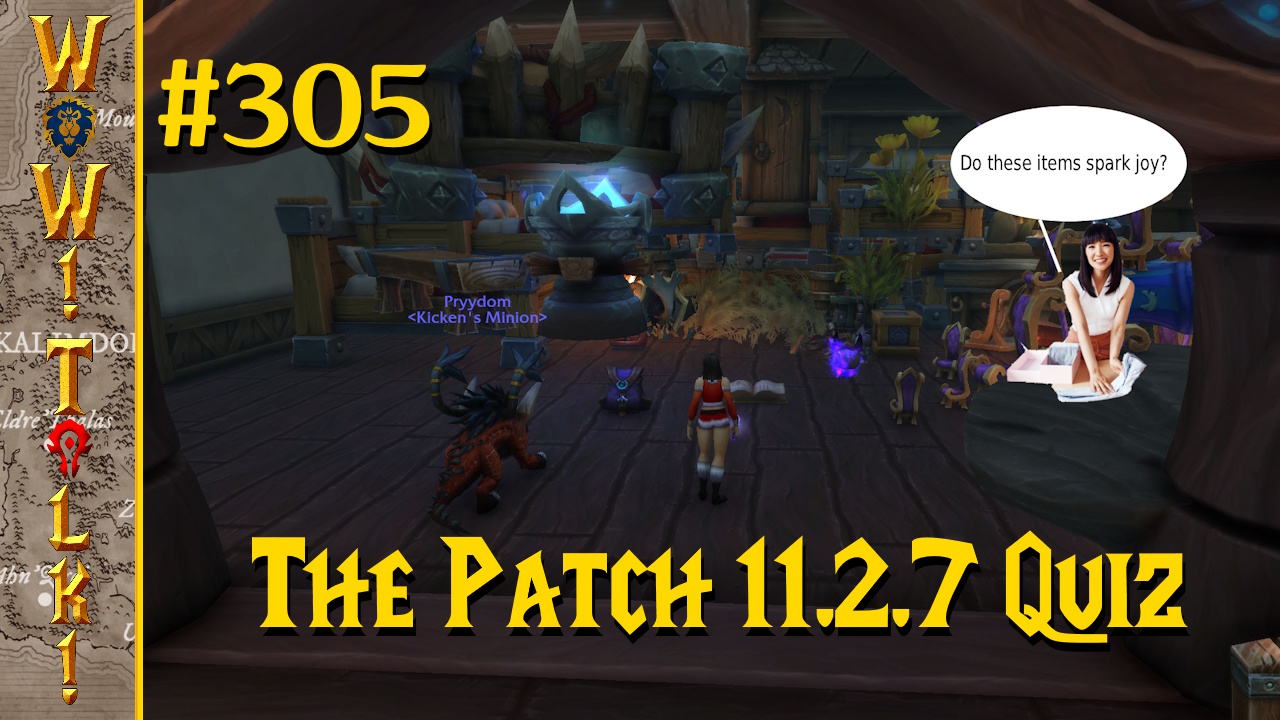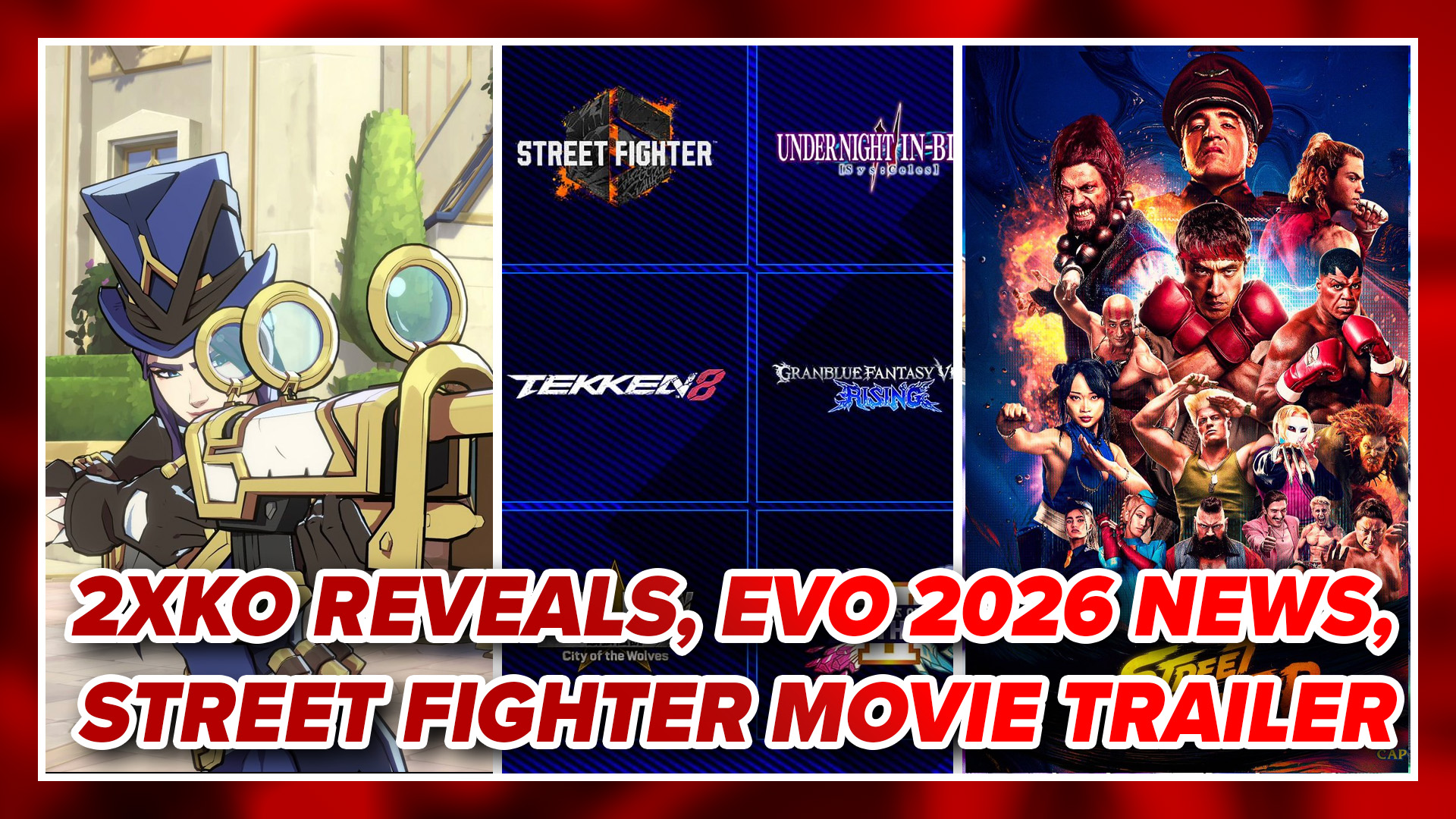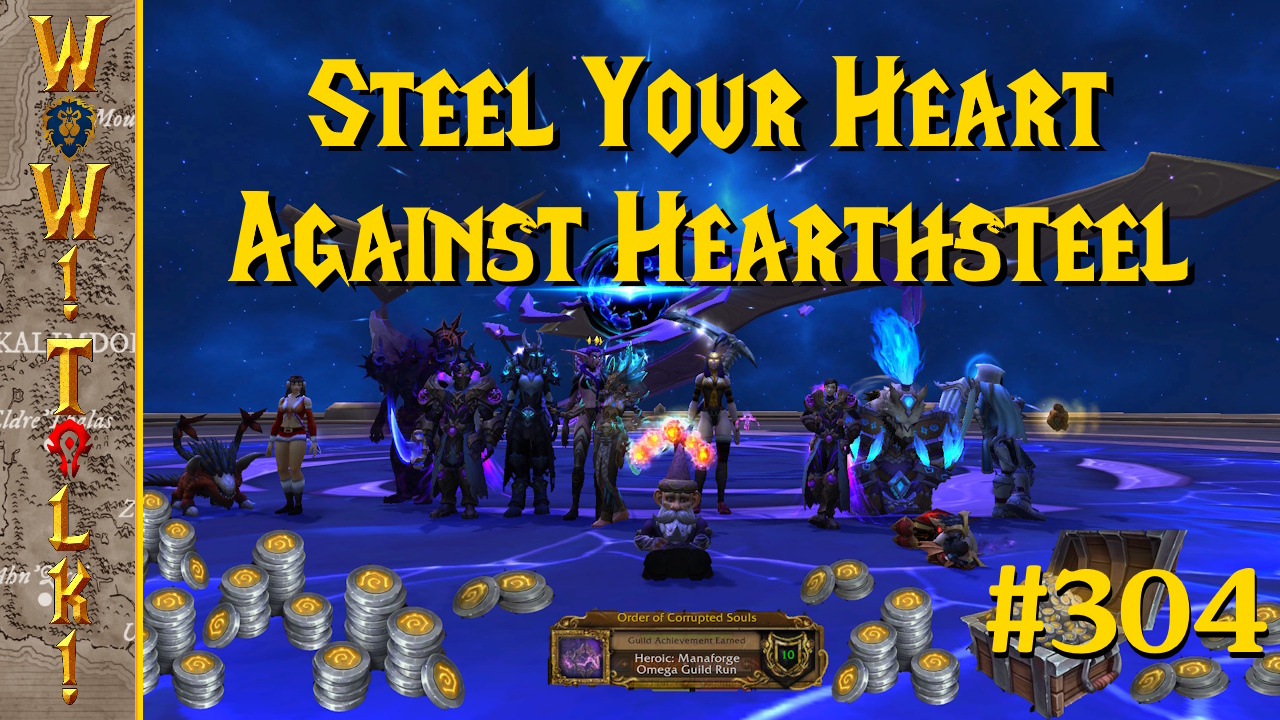Coming from Gratuitous Space Battles creator Cliff “Cliffski” Harris is a new effort in gratuitousness. In the world of Gratuitous Tank Battles (GTB), World War I not only never ended, but has been raging for 200 years. In this war, the soldiers are still human (aside from the robotic enhancements), the tanks are still tanks, but there are a lot more mechs and lasers involved. Most combatants in the war couldn’t say who Archduke Franz Ferdinand was, and those who could think he pretty much had an assassination coming for riding in an open top limousine. Obviously, there is a bit of disillusionment involved in a war that has gone on for so long.
A dystopian humor reminiscent of Catch-22 emerges from that disillusionment. There isn’t much story beyond the premise, but it provides amusing set dressing and is a great part of the game. The World War influence is leveraged to great effect. Iconic propaganda posters are still in use, but have been altered to reflect the changing times – “We Can Do It!” now features a bald, tattooed woman flexing, for example (the posters are mostly from WWII actually, but the effect still holds.) Debriefings are hilariously out of touch with reality, promising things like an end to the war by Christmas (1984), or a feast of wiener schnitzel at the Kaiser’s expense once a battle is over. Even the game’s manual is filled with tongue in cheek reminders of how out of hand things are; officers no longer successfully complete their commissioning course – they simply flounder their way through an abridged version and get to the fighting.
Gratuitous Tank Battles is a real-time strategy and tower defense hybrid, but tower defense is the stronger part of the game’s DNA. Each stage is set to a timer of a different length. For attackers, the goal is to push enough troops to the end of the map to reach the victory total. The defender’s job, obviously, is to stop that from happening. While the timer counts down, both defender and attacker continue to receive supplies, which are used to purchase new forces.
Players can choose to attack or defend in each stage (with the exception of the first), which determines the style of game they will experience. Choosing to attack results in RTS play, commanding different troops and plotting their movements across the field. The RTS elements are negligible at first, but as maps become more complicated, more pathways become available to direct units through. Commands can also be given to have groups of units focus fire on a specific turret or enemy, but being an attacker is otherwise very straight forward.
On the tower defense side of things there is quite a bit more going on. Building turrets and placing soldiers in trenches to deny enemy progress is always the fundamental goal, but the way the game changes adds complexity. On the early maps there are only one or two pathways, but by the time there are three (or more) paths to worry about, it’s possible to be a little overwhelmed. Things never quite reach a frantic pitch though, because there is a panel that slows down, speeds up, or pauses the action. Even so, trying to decide the best placement of units and appropriate time to use abilities can be nerve-wracking.
The game offers a lot of customization to compensate for those that find the game difficult; it’s a big part of why GTB stays enjoyable. Some level of user control has been tied into every piece of the game. Adjustable difficulty level is a basic choice that hasn’t been overlooked. Each stage also offers players the decision of what units the AI will have available, whether they be pre-defined, adaptive based on the scenario, or any in the game (including the player’s creations). Others options are even more in depth, such as the unit design feature and level editor, but still easy to use.

There used to be an embeded media player here, but it doesn't work anymore. We blame the Tumbeasts.
Unit design is more geared towards the attacking side of the game, since it revolves around making tanks, mechs, and ground troops. (Soldiers can be used by the defending side in the trenches however.) A criticism of Gratuitous Space Battles was that the unit design was almost impenetrable and had many variables and interactions that weren’t fully explained. GTB has learned from that venture; what each part does is spelled out clearly, but there are still slots for modular upgrades and passive abilities. There’s a bit of ambiguity with stats like speed, but otherwise, slots and effects are easier to grasp. More items also become available as more stages are cleared.
The level editor lets players take an existing stage and modify it to their purposes. The resulting creations may look nothing like what someone started with, as full control over the path-making, possible troop deployment locations, and environment are on the table. A more subtle use of the level editor is to make more manageable versions of stages, or to break down how a level is laid out to become better at the basic campaign. I feel its use as a training tool may get overlooked, but it is there all the same. Regardless, any level created can be shared with other owners of GTB, extending the potential life of the game into perpetuity.
GTB‘s visuals are simple overall – and less colorful than Gratuitous Space Battles – but there is an amazing amount of detail that can only be seen when zooming in the camera closer to the action. Tank treads and craters from old explosions litter the ground before a stage even starts. There are dismembered corpses and blood spilled on the field from prior campaigns. As troops are obliterated, their remains are left upon roads; twisted metal husks of vehicles and the broken bodies of soldiers continue to pile up throughout a stage until the last bullet is fired. It leaves things, appropriately enough, looking like a war zone.
Unfortunately, the default view of the battlefield hides much of the minutiae. There’s little reason (and far too much going on) to zoom in on most battles—there’s a war to win after all. Aspects of sound are subject to being overlooked in the same way. GTB‘s soundtrack is the main aural stimulation in default view and while the music is interesting, there are too few selections for it alone to suffice. Once again though, upon zooming in, the war comes to life. Sound effects, that were almost inaudible before, jump to raucous levels. Officers bark out orders while soldiers shout, scream, and die. Lasers, cannons, machine guns, flamethrowers, and missiles strike targets with resounding force. It’s a shame that the deeper aspects of these two parts of the game are so easily missed because there was obviously a lot of care that went into them.
Gratuitous Tank Battles sets a new standard when it comes to a customizable experience for the player. The game as-is really isn’t an easy experience, but with a small amount of patience it can be tweaked to suit everyone from the most green tower defense (or RTS) player to hardcore players looking for the most extreme of challenges. The focus on the user experience, in combination with solid game play and humor, more than make up for the places GTB may be lacking.







